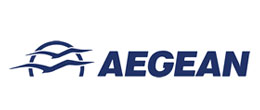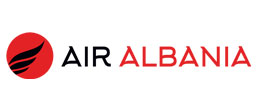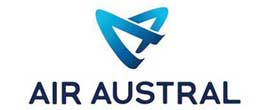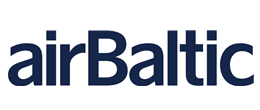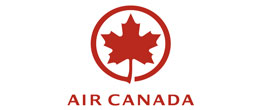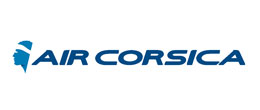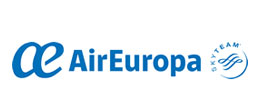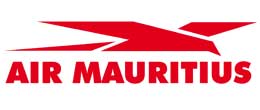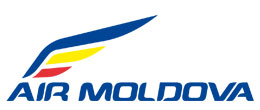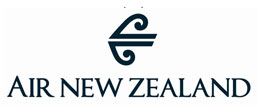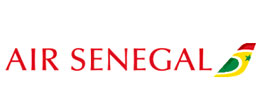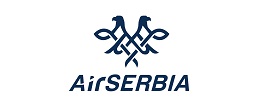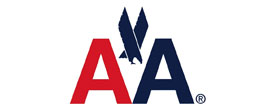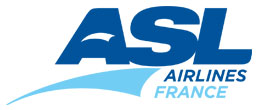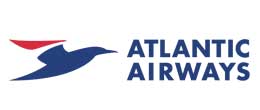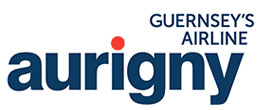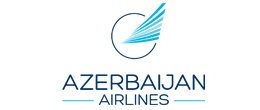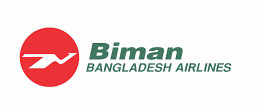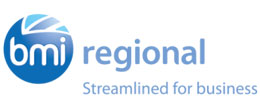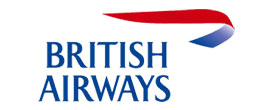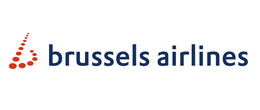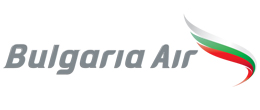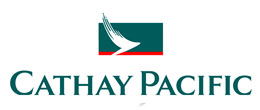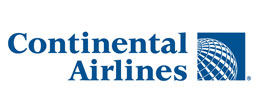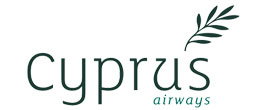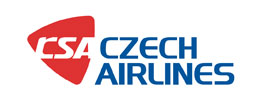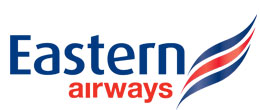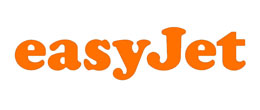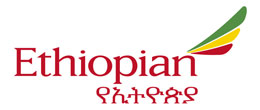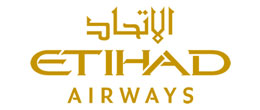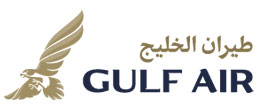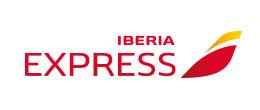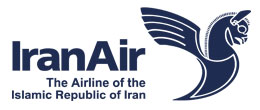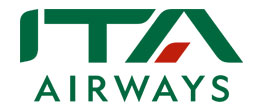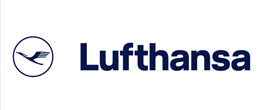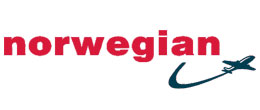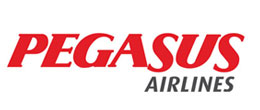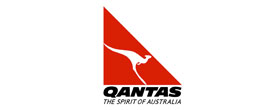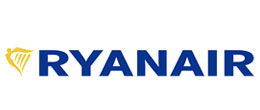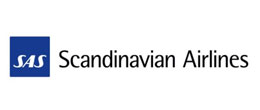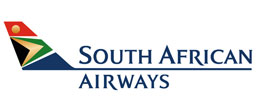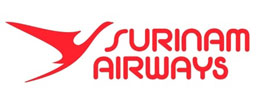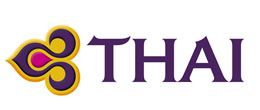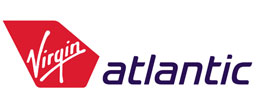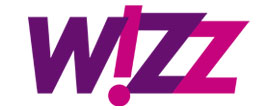- Home
- Make a claim
- Airlines
- Adria Airways
- Aegean Airlines
- Aer Lingus
- Aeroflot Russian Airlines
- AeroMexico
- Air Albania
- Air Algerie
- Air Arabia
- Air Austral
- Air Baltic
- Air Canada
- Air China
- Air Corsica
- Air Dolomiti
- Air Europa
- Air France
- Air India
- Air Malta
- Air Mauritius
- Air Moldova
- Air New Zealand
- Air Philippines
- Air Senegal International
- Air Serbia
- Air Transat
- Alitalia Express
- All Nippon Airways
- American Airlines
- Arkia Israel Airlines
- ASL Airlines
- Atlantic Airways
- Aurigny Air Services
- Austrian Airlines
- Avianca
- Azerbaijan Airlines
- Azores - SATA International
- Biman Bangladesh Airlines
- Blue Air
- Blue Islands
- Bluebird Airways
- BMI Regional
- British Airways
- Brussels Airlines
- Brussels International Airlines
- Bulgaria Air
- Buzz Stansted
- Cathay Pacific
- China Airlines
- China Eastern Airlines
- Continental Airlines
- Corendon Airlines
- Croatia Airlines
- Cyprus Airways
- Czech Airlines
- Delta Air Lines
- Eastern Airways
- easyJet
- Egyptair
- El Al Israel Airlines
- Emirates
- Envoy Air
- Ethiopian Airlines
- Etihad Airways
- Eurowings
- Finnair
- Fly One
- Flybe
- Flyr
- Gol Transportes Areos
- Gulf Air
- Helvetic Airways
- HiSky
- Iberia Airlines
- Iberia Express
- Icelandair
- Iran Air
- Iraqi Airways
- ITA Airways
- Japan Airlines
- Jazeera Airways
- Jet Airways
- Jet2
- JetBlue Airways
- Kenya Airways
- KLM
- Korean Air
- Kuwait Airways
- LATAM Airlines
- Lauda Europe
- Loganair
- LOT Polish Airlines
- Lufthansa
- Luxair
- Malaysia Airlines
- Norwegian
- Nouvelair Tunisie
- Pakistan International Airlines
- Pegasus Airlines
- Play Airlines
- Qantas
- Qatar Airways
- Rossiya Russian Airlines
- Royal Air Maroc
- Ryanair
- SAS
- Saudia
- Scoot
- Silk Way Airlines
- Singapore Airlines
- Sky Express
- South African Airways
- SriLankan Airlines
- SunExpress
- Sunwing Airlines
- Surinam Airways
- Swiss International
- TAP Air Portugal
- Thai Airways
- Transavia
- TUI
- Tunisair
- Turkish Airlines
- Turkmenistan Airlines
- Ukraine International Airlines
- Vietnam Airlines
- Virgin Atlantic
- Vueling Airlines
- WestJet
- Wideroe
- Wizz Air
- Airports
- FAQ's
- Compensation Calculator
- Recent Flight Delays
- Blog
- About Us
- Contact Us
Flying vs Train - Which one is cheaper
Date: 19 Nov 25
For many travellers in the UK, there’s still something surprising—almost backwards—about discovering that hopping on a plane can often be cheaper than catching a train. After all, aviation is far more harmful to the planet, and rail travel is publicly subsidised. So why does a domestic flight from London to Edinburgh sometimes cost less than a Pret sandwich, while the train fare can make your eyes water?
The truth is a mix of economics, consumer behaviour, government policy, and good old-fashioned supply and demand. And while flights can be cheaper on paper, the real cost of convenience can be quite different.
Flying vs Rail: When the Skies Beat the Tracks on Price
Personal finance researchers have repeatedly found that UK domestic flights can undercut train fares—sometimes dramatically. Finder’s summer research showed that flying within the UK was the cheapest option more often than not. Travellers themselves were baffled, with many saying it “felt wrong” for planes to be cheaper than public transport.
And the numbers can indeed be eye-opening.
Take a random Thursday in October:
-
London → Edinburgh: Train from £77.10. Plane from £15.
-
Glasgow → Bristol: Train from £56.50. Plane from £15.
-
Newquay → Manchester: Train from £113. Flights from £53.
Factor in dynamic pricing, advance tickets, and the timing of your journey, and things get even more unpredictable. But clearly, the fare differences aren’t simply based on the cost of running the service.
Why Trains Cost So Much in the UK
Running a train isn’t cheap. Operators must pay for:
-
Leasing rolling stock (often for decades)
-
Staff wages
-
Track access and maintenance
-
Fuel (diesel taxed at 5% VAT; electricity at 20%)
-
Business overheads
These account for about 85% of overall costs. Tickets often reflect an intricate balance between funding gaps, subsidies, and attempts to manage overcrowding.
And despite eye-watering ticket prices, rail services are subsidised. In the year to March 2024, the government pumped £4.1bn into British rail.
Yet rail companies still lean heavily on peak pricing—and passengers notice.
Why Flights Stay Cheap (Even When They Shouldn’t)
Airlines face many similar costs—aircraft leasing, staff, airport slots—but one big advantage stands out:
Aviation fuel is not taxed. At all.
While drivers and rail operators face VAT and fuel duty, airlines bypass both. A 2022 Campaign for Better Transport report estimated that taxing aviation fuel at the same rate as petrol could raise £1.5bn annually. That’s a giant discount airlines currently enjoy.
There’s also Air Passenger Duty (APD)—£7 for domestic trips—but it barely dents the price gap.
The real magic, of course, is in the airlines’ business model.
Low headline fares… and pricey add-ons
Ryanair’s financials reveal that while the average fare is £41, passengers actually spend closer to £70 after extras. Seat selection, priority boarding, and luggage fees stack up quickly.
Trains, in contrast, include far more for “free”:
-
Seat reservations (usually)
-
Multiple bags
-
Bikes (with reservation)
Want to take a bike on a plane? That’ll cost you around £60—often more than your seat.
But What About the “True Cost” of Your Journey?
Flying might save money at checkout, but what about the journey before and after?
Airports aren’t exactly central
Compare arrival points:
-
London to Edinburgh by train: King’s Cross → Edinburgh Waverley (city centre to city centre)
-
By plane: Usually Stansted → Edinburgh Airport, followed by additional transfers
A late-night arrival at an airport can mean a painfully expensive taxi or limited public transport options. With trains, you're stepping off exactly where you likely need to be.
So while a flight may cost £15, your airport transfers can double or triple the total cost.
The Environmental Elephant in the Room
Environmentally, there’s no contest.
Research by Which? suggests a London–Edinburgh flight emits more than double the CO₂ of the equivalent train journey. Ryanair disputes this, but independent research consistently backs the trains.
If you're trying to make greener travel choices in the UK, rail wins hands down.
So… Are Cheap Flights Really Worth It?
When airlines sell £15 domestic flights, they’re often doing so as loss leaders—better a filled seat with potential add-on purchases than an empty one.
But once you add:
-
Luggage fees
-
Seat selection
-
Airport transfers
-
Late-night taxi costs
…the “cheap flight” begins to look a little less miraculous.
For many travellers—especially those heading directly to a city centre—rail remains the better value when factoring in convenience, comfort, and true door-to-door cost.
But if you're flexible, travelling light, and happy to schlep to Stansted or Luton at dawn? The skies may still have a bargain waiting.
claim now
Have you had a flight delay, missed connection, cancelled flight or have been denied boarding in the last 6 years? If so try our free flight checker to see how much you may be entitled to in compensation for you AND your fellow travellers.
Start a Claim
